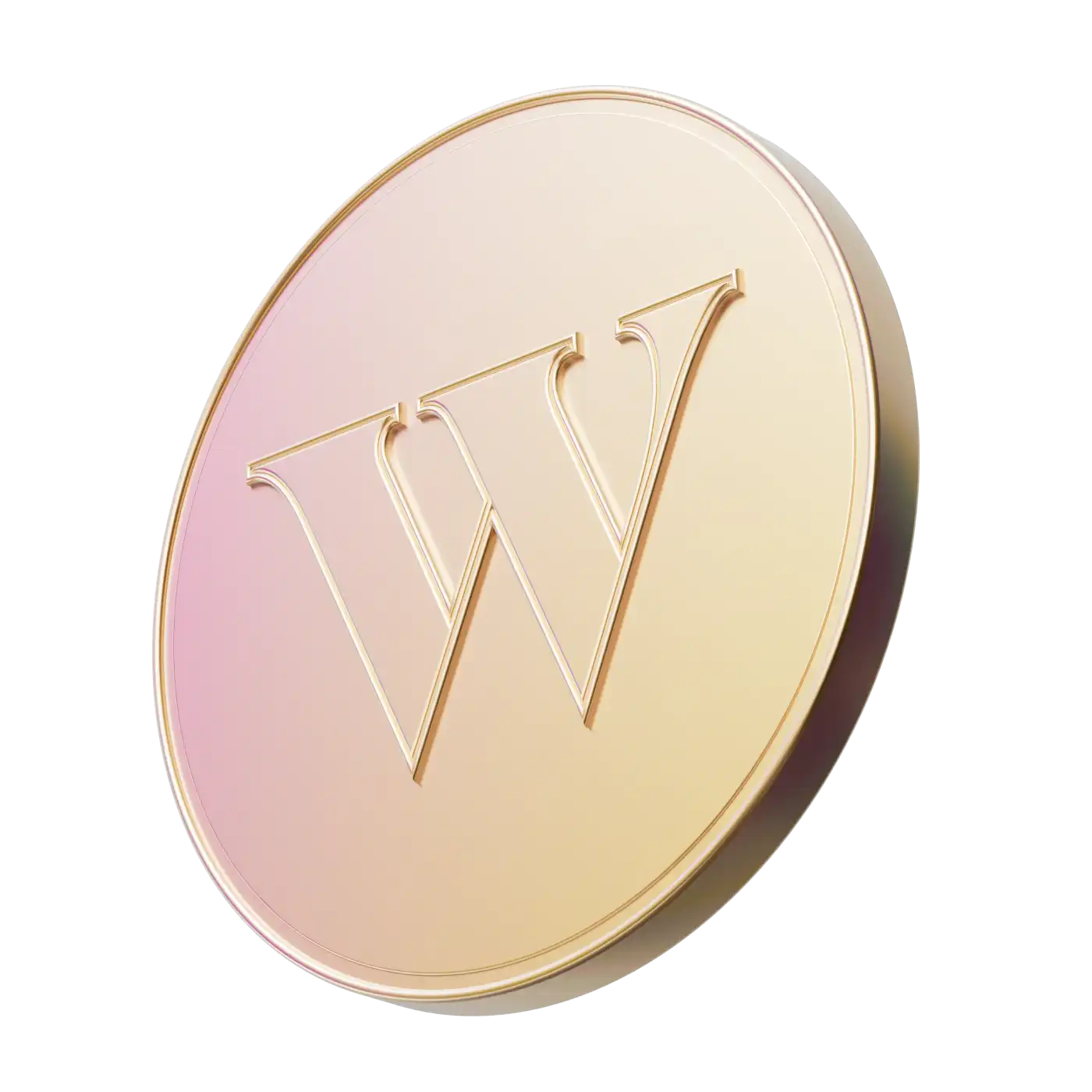If you’re nearing retirement, you’ve probably begun to think about transferring the savings in your Registered Retirement Savings Plan (RRSP) to your wallet. You dutifully saved money in your tax-deferred RRSP for years, but now it’s time to use those funds for your retirement expenses.
While you have the option of withdrawing those funds as a lump sum, you’d be wise to convert the account to a Registered Retirement Investment Fund (RRIF) instead. This is the preferred investment vehicle for retirees.
Like the RRSP, the RRIF is a tax-deferred account that can grow through investment. The difference, however, is that instead of depositing money into the RRIF, you withdraw money over time to fund your retirement.
Essentially, an RRSP is how you save money for your retirement fund, and an RRIF is how your retirement money moves back to your pocket.
Why would you want your money in an RRIF?
You don’t pay taxes on money in your RRIF as long as it stays there. You only pay taxes on what you withdraw each year.
It’s flexible. You can choose how much you withdraw and how often. This means you can change how you use your money based on your individual circumstances, even if those circumstances change.
You can hold various investments, such as exchange-traded funds, Guaranteed Interest Options, mutual funds, etc.
You have some creditor protections in the event of a bankruptcy.
You don’t pay any taxes when you convert an RRSP to RRIF.
When to Convert a RRSP to RRIF
You must convert your RRSP to an RRIF by December 31 of the year you turn 71, regardless of whether you need the regular income. If you are under the age of 71 and need income periodically (as opposed to, say, monthly), you’re usually better off leaving your money in an RRSP and making the occasional withdrawal.
How to Convert an RRSP to RRIF
To avoid paying unnecessary taxes, it’s important to convert your RRSP directly to an RRIF. The process is simple, but it’s important to start well before your 71st birthday so the Canadian Tax Authority doesn’t de-register your RRSP (which would turn the entire value of your account into taxable income).
Step 1: Choose an Investment Institution
Your first step is to decide where you’ll keep your RRIF. Most people use the same financial institution that holds their RRSP. This gives you the option of keeping the same investments. If you have multiple RRSPs, it’s generally smart to consolidate them into the same RRIF.
If you have an RRSP with a financial institution, that institution may prompt you to open an RRIF or instigate the conversion automatically.
Step 2: Complete the RRIF Application
Since the RRIF is a new plan, your financial institution will require you to complete an application. The application will ask you to make several decisions. Your financial institution may prepare the application on your behalf.
Step 3: Choose a Beneficiary
Since an RRIF is a financial vehicle used later in life, it requires a beneficiary. Spouses and qualified beneficiaries (children or grandchildren) can receive the balance tax-free. Other named beneficiaries can receive the RRIF balance, but the account will have to pay taxes. The RRIF can also become part of the estate and distributed according to your will.
Step 4: Choose a Withdrawal Schedule
You must begin withdrawing money from your RRIF the year after your 71st birthday. All withdrawals are considered income for tax purposes, but you’ll likely be taxed at a lower rate than you were when you earned the money.
You must withdraw a minimum amount from your RRIF each year. The minimum is based on a percentage of the account balance at the beginning of the year. The percentage increases as you age. You can choose to withdraw monthly, quarterly, semi-annually, or annually. There is no maximum withdrawal amount.
In some cases, it's smart to use your younger spouse’s age for the minimum amount calculation. This lets you keep more money in your RRIF for a longer period of time, giving it more time to grow and defer taxes. You would have to make this decision before the first withdrawal.
Any funds you withdraw in excess of your minimum are subject to a withholding tax. RRIF withholding taxes are the same percentages as the taxes you would pay as if you drew directly from the RRSP, but only apply to the overage. See the withholding table here.
For example: John’s minimum withdrawal amount for the year is $21,000, but he wants to withdraw $25,000. John would only pay withholding tax on the $4,000, or about $400.
Plan Your RRSP to RRIF Conversion Early
It’s important to plan early to protect your nest egg. Before you make decisions about your RRSP and RRIF (especially when it comes to your withdrawals), speak to a financial adviser will help you stretch your savings over your retirement years.


